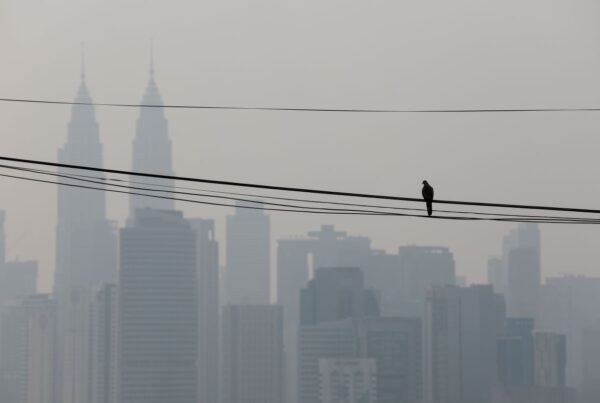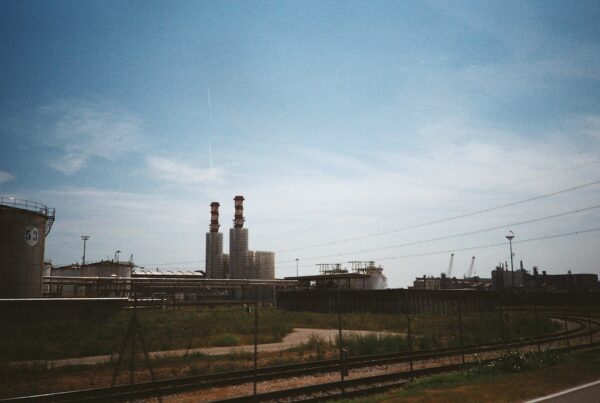Abstract
The spatial distribution of bronchitis in Kuala Lumpur with reference to air pollution concentration was examined. The bronchitis prevalence rate was calculated based on the Kuala Lumpur General Hospital in-patient records for the seven-year period 1979–1985. Meanwhile, the air pollution concentration at the 15 planning units, created by the City Hall of Kuala Lumpur, was estimated using the total number of traffic volumes at the 34 traffic count stations. The mean bronchitis prevalence rate of 2.3 per 10 000 persons was calculated for the whole of Kuala Lumpur with the annual trend indicating a steadily increased rate to its maximum value of about 4.0 per 10 000 persons in 1983. The relationship between the air pollution potential areas and the bronchitis rates suggests a high incidence of the disease in the severely polluted areas, i.e. 3.8 per 10 000 persons. The lowest value of about 1.3 per 10 000 persons was associated with the least polluted areas. Although the correlation coefficient, r, is only 0.47, the relationship might suggest that the more the areas are polluted, the greater the incidence of the disease. Therefore, environmental pollution is considered as one of the important aetiological factors of bronchitis in causing and aggravating the disease in Kuala Lumpur.






